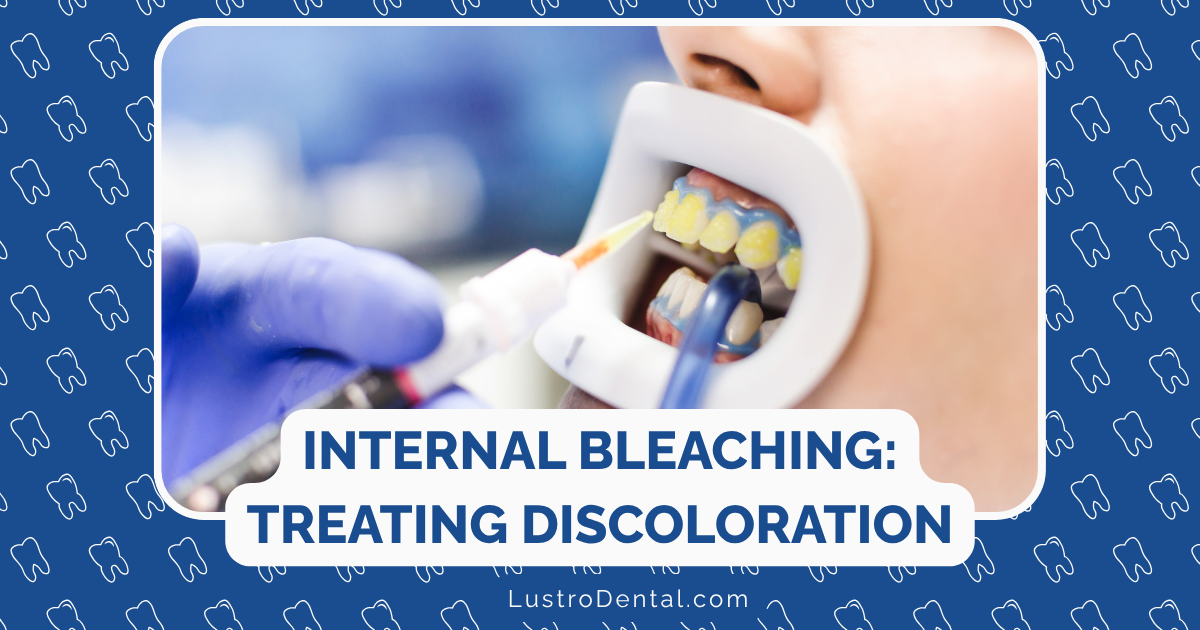Apicoectomy vs. Extraction: Making the Right Choice for Your Situation

When faced with a failing tooth despite previous root canal treatment, you’re often presented with two primary options: an apicoectomy to save the tooth or extraction followed by replacement. This decision can feel overwhelming, especially when you’re already dealing with dental discomfort.
As someone who’s guided countless patients through this exact crossroads, I understand it’s not just a clinical decision—it’s emotional too. Your teeth are part of your identity, your smile, and your daily function. Making an informed choice requires understanding both the clinical and personal factors at play.
Let’s explore both options thoroughly so you can make the decision that’s right for your unique situation.
Understanding Your Options
Before diving into comparisons, let’s clarify what each procedure entails:
Apicoectomy: The Tooth-Saving Surgery
An apicoectomy (also called root-end surgery) is a microsurgical procedure that:
- Removes the very tip of the tooth’s root
- Eliminates infected tissue surrounding the root
- Places a biocompatible filling to seal the root end
- Preserves your natural tooth
According to the American Association of Endodontists, modern apicoectomy techniques have success rates between 90-97%, making this a highly reliable procedure when performed by a specialist.
Extraction: Removing and Replacing
Tooth extraction involves:
- Complete removal of the problematic tooth
- Healing period for the socket (typically 3-6 months)
- Replacement options including:
- Dental implant
- Fixed bridge
- Removable partial denture
- Or leaving the space empty (not usually recommended)
Comparing Key Factors
When deciding between these options, several factors come into play. Let’s examine each one:
1. Preservation of Natural Tooth Structure
Apicoectomy:
- Maintains your natural tooth
- Preserves the connection between tooth and surrounding tissues
- Maintains proper bite and jaw alignment
- Prevents bone loss in the extraction site
Extraction:
- Removes the natural tooth completely
- Requires artificial replacement to prevent shifting of adjacent teeth
- May lead to bone resorption over time without an implant
- Changes the natural architecture of your mouth
Dr. Sarah Johnson, endodontist at University Dental Institute, explains: “There’s a biological value to keeping your natural teeth that can’t be perfectly replicated with artificial replacements. The natural connection between your tooth and surrounding tissues supports overall oral health.”
2. Treatment Time and Process
Apicoectomy:
- Single procedure lasting 30-90 minutes
- Local anesthesia only
- Recovery period of a few days to a week
- May require a follow-up appointment for suture removal
Extraction and Replacement:
- Initial extraction (30-60 minutes)
- Healing period of 3-6 months before implant placement
- For implants: surgical placement followed by another healing period
- Final restoration placement
- Total treatment time: 6-12 months for complete restoration with implants
3. Cost Considerations
Apicoectomy:
- Average cost: $1,000-$1,500 without insurance
- Usually partially covered by dental insurance
- One-time procedure with no replacement costs
- Long-term maintenance same as natural teeth
Extraction and Replacement:
- Extraction: $200-$400
- Implant and crown: $3,000-$6,000 per tooth
- Bridge: $2,000-$4,000
- Partial denture: $1,000-$2,500
- Long-term replacement costs (bridges and dentures need replacement every 5-15 years)
A 2020 study published in the Journal of Periodontology found that over a 15-year period, saving a natural tooth through procedures like apicoectomy was significantly more cost-effective than extraction and replacement, even when accounting for potential complications.
4. Success Rates and Longevity
Apicoectomy:
- Success rates: 90-97% with modern microsurgical techniques
- Most successful teeth remain functional for decades
- May eventually require extraction if new problems develop
Extraction and Replacement:
- Implant success rates: 95-98% over 10 years
- Bridge success rates: 80-85% over 10 years
- Denture durability: Typically requires replacement every 5-7 years
- Implants may develop peri-implantitis (12-80% of cases according to some studies)
5. Impact on Overall Oral Health
Apicoectomy:
- Maintains natural oral environment
- No impact on adjacent teeth
- Preserves bone structure
- Requires normal oral hygiene practices
Extraction:
- Creates gap that can affect adjacent teeth
- May lead to bone loss without implant
- Bridges require alteration of adjacent healthy teeth
- Removable appliances may accelerate bone loss
Making Your Decision: Key Considerations
While statistics and facts are helpful, your personal situation is unique. Here are the key factors to consider when making this important decision:
1. Tooth Condition and Prognosis
Consider apicoectomy if:
- The tooth has adequate structural integrity
- The crown portion is in good condition
- The root is sufficiently strong
- Previous root canal failed due to anatomical complexities
Consider extraction if:
- The tooth has extensive decay or damage
- There are vertical root fractures
- The tooth has severe mobility due to bone loss
- Multiple previous treatments have failed
Dr. Michael Chen of Advanced Dental Specialists advises, “The restorability of the tooth is perhaps the most important clinical factor. If the tooth structure is compromised beyond a certain point, even a successful apicoectomy won’t provide a lasting solution.”
2. Your Oral Health History and Risk Factors
Consider apicoectomy if:
- You have good overall oral health
- You maintain regular dental visits
- You have no history of severe periodontal disease
- You don’t smoke (smoking reduces healing success)
Consider extraction if:
- You have uncontrolled diabetes or conditions affecting healing
- You have a history of recurrent dental infections
- You smoke and are unable to quit during healing
- You have severe periodontal disease affecting the tooth
3. Personal Values and Preferences
This is where the decision becomes deeply personal. Consider:
- How do you feel about preserving natural teeth? Some patients place high value on keeping their natural teeth, while others prioritize a definitive solution even if it means replacement.
- How do you feel about longer treatment times? Implant treatment takes significantly longer than apicoectomy.
- What is your tolerance for uncertainty? While both procedures have good success rates, neither is 100% guaranteed.
- What are your financial considerations? Both immediate costs and long-term expenses should factor into your decision.
Real Patient Experiences
Sometimes hearing from others who’ve faced the same decision can be helpful:
Maria, 52: “After having two failed root canals on my upper molar, I was ready to have it extracted. My endodontist suggested an apicoectomy as a last resort. It’s been five years now, and I’m so glad I saved my natural tooth. The recovery was much easier than I expected.”
James, 64: “I chose extraction and an implant after my apicoectomy failed. While the process took longer, I appreciate having a definitive solution. For me, the peace of mind was worth the extra time and cost.”
Sarah, 41: “As someone with dental anxiety, the thought of multiple procedures for an implant was overwhelming. The apicoectomy was completed in one visit, and I was back to normal within days. That was the right choice for my situation.”
Questions to Ask Your Dental Provider
To help make your decision, consider asking your dentist or endodontist:
- “What is the long-term prognosis for my tooth with an apicoectomy?”
- “What specific factors in my case favor one option over the other?”
- “If you were in my situation, what would you choose and why?”
- “What are the potential complications specific to my case?”
- “How many similar procedures have you performed, and what are your success rates?”
The Emotional Aspect of Your Decision
It’s completely normal to feel emotional about this decision. Many patients report feelings of:
- Loss when considering extraction of a natural tooth
- Anxiety about making the “wrong” choice
- Relief when a definitive treatment plan is established
- Concern about appearance during the treatment process
These feelings are valid and should be part of your decision-making process. The right choice is one that addresses both your clinical needs and emotional comfort.
Final Thoughts
There’s rarely a one-size-fits-all answer when it comes to apicoectomy vs extraction. The right choice depends on your specific clinical situation, personal values, and practical considerations.
Remember that both options are valid treatments with good success rates in the right circumstances. With modern techniques, an apicoectomy can save teeth that would have been lost in the past. Similarly, today’s tooth replacement options provide excellent function and aesthetics when extraction is the better choice.
Trust your dental team to provide the clinical guidance you need, but also honor your own priorities and values in the decision-making process. Your ideal solution is the one that balances optimal oral health with your personal preferences and quality of life.
Have you faced this decision? What factors influenced your choice? Share your experience in the comments below to help others navigating this important dental decision.







